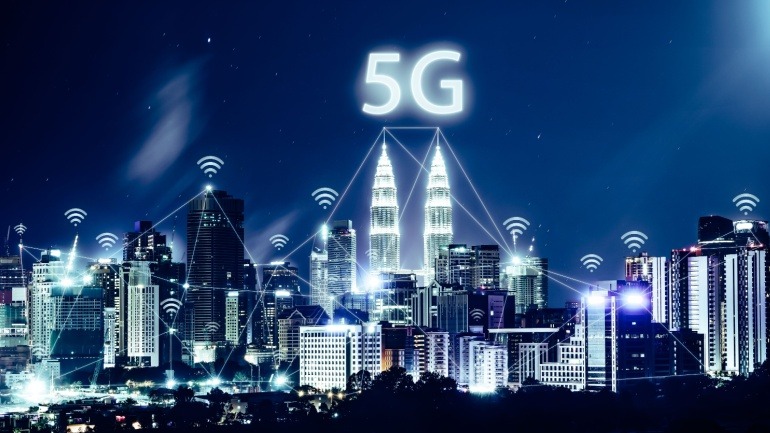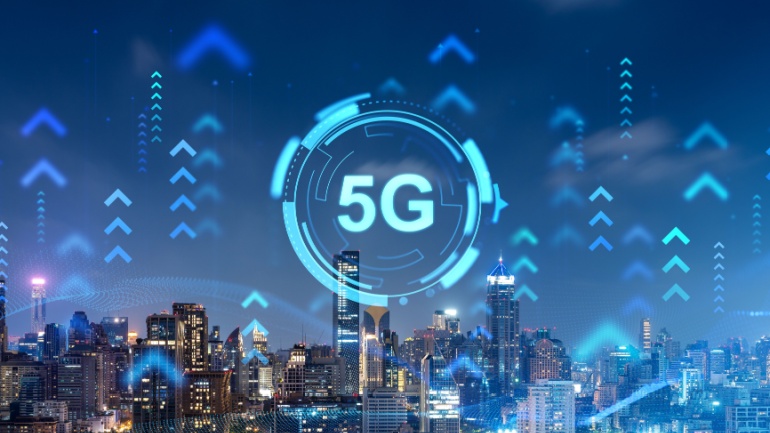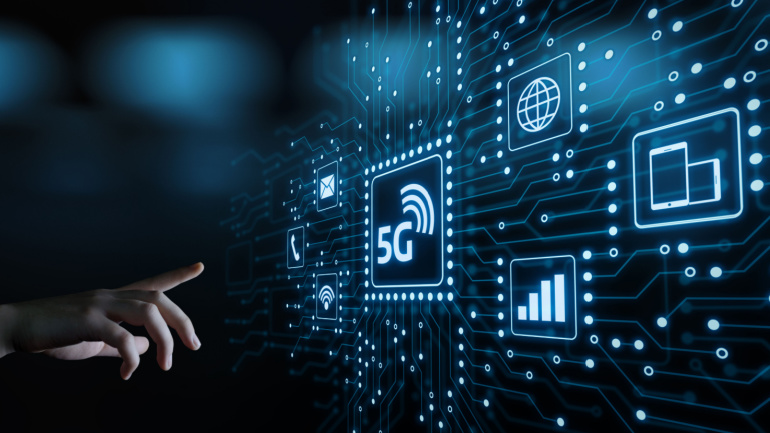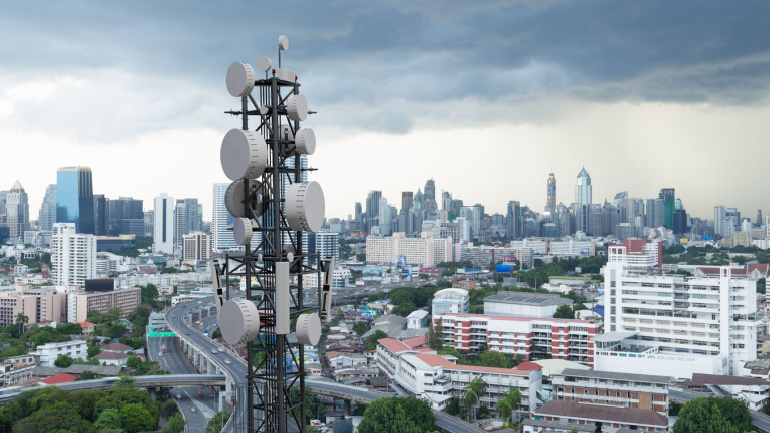Exciting news for VoIP enthusiasts: EE expands its 5G standalone network to 16 more UK locations, promising improved connectivity. By year-end, EE’s 5G coverage will reach 21 million people across 30 towns and cities.
RACSA and Nokia have launched Costa Rica’s first 5G network, targeting key urban centers and marking a major shift in connectivity. With 30 sites already in cities like San Jose, their plan to expand to 500 shows the transformative potential of 5G.
This week, French mobile operator Free, owned by Iliad Group, announced the nationwide launch of 5G Standalone (SA) services. This makes Free the first to deploy 5G SA across France, activating it at 6,950 of its 20,000 sites. Experience higher speeds, reduced latency, and innovative applications, all at no extra cost.
EE has launched its 5GSA mobile network across 15 UK cities, including London, Manchester, and Glasgow, aiming to enhance mobile coverage and performance. Alongside this, the new Wi-Fi 7 Smart Hub Pro promises superior home broadband speeds and connectivity. These advancements position EE as a forefront leader in the UK’s cellular network arena.
Recent research by Vodafone reveals significant readiness among UK companies to invest in 5G Standalone (5G SA). 39% of businesses are prepared to invest in 5G SA now, with 14% planning to do so within a year. 93% of companies see reliable data connections as vital for success, reflecting the importance of 5G SA in business transformation.
Nokia has clinched a major deal with Uzbekistan’s Perfectum, paving the way for the deployment of Central Asia’s inaugural 5G standalone (SA) network. Under this agreement, Nokia will be the exclusive supplier, furnishing Perfectum with a comprehensive end-to-end 5G SA network, including radio access, transport, core networks, and various network automation and service applications.
In a groundbreaking move, Parallel Wireless, Inc., a U.S. based Open RAN innovator, has officially launched the general availability of its pioneering 5G Standalone (SA) software stack. The innovative solution, a first of its kind globally, is designed to be hardware-agnostic, allowing operators, private networks, and public safety networks to seamlessly deploy their RAN infrastructure across diverse processor hardware platforms.
In collaboration with Ericsson and Qualcomm, T-Mobile, renowned as the ‘uncarrier,’ has undertaken a groundbreaking 5G standalone (SA) test, showcasing the potential of its millimeter-wave (mmWave) spectrum. The test utilized an impressive eight channels, achieving a peak download speed of 4.3 Gbps, with uplink channels combining to reach 420 Mbps.
As Portugal’s telecom operator Nos marks two years of 5G services, it declares readiness to launch services on a new 5G standalone infrastructure. Despite the slower than expected progress, Nos’s move signifies a key contribution to the sector. Intriguingly, the viability and potential benefits of this new infrastructure remain a matter of debate. With collaborations with Nokia and Ericsson, Nos envisions a surge in ultra-low latency services.
Joining forces to propel Denmark into the 5G age, telecommunications giants Ericsson and TDC NET confront the intricacy of transitioning to Standalone 5G. The venture promises enhanced connectivity, yet its real impact remains under scrutiny. Their collaborative effort hinges not just on operational advancement but also in setting a future-ready network infrastructure with increased energy efficiency and advanced services. However, as TDC NET prepares to navigate this expansive opportunity landscape, it’s essential to question the overall strategic footing of the industry—a fascinating watch for tech aficionados. Stay informed with the Telecoms.com newsletter.













